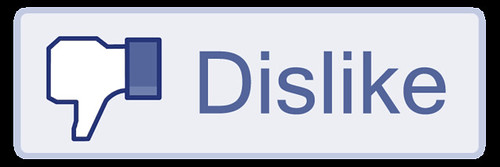 A couple of years ago I covered the decision of the Canadian Federal Court of Appeal involving Amazon.com and the company's 'one-click' patent application. Click here for my post and here for a copy of Canada (Attorney General) v. Amazon.com, Inc. et al., 2011 FCA 328 (F.C.A.).
A couple of years ago I covered the decision of the Canadian Federal Court of Appeal involving Amazon.com and the company's 'one-click' patent application. Click here for my post and here for a copy of Canada (Attorney General) v. Amazon.com, Inc. et al., 2011 FCA 328 (F.C.A.).As a result of the decision, the Canadian Intellectual Property Office (CIPO) has put in place a new approach for computer-implemented inventions that appears to be an improvement over the previous approach.
Purposive construction
The Court at [63] directed the Commissioner to undertake a purposive construction of the claims, 'with a mind open to the possibility that a novel business method may be an essential element of a valid patent claim', rather than the whole invention.
A purposive construction, said the Court at [43], will address patent claims that:
'may be expressed in language that is deliberately or inadvertently deceptive. Thus, for example, what appears on its face to be a claim for an "art" or a "process" may, on a proper construction, be a claim for a mathematical formula and therefore not patentable subject matter'.Patent applicants and their professional advisors are clearly a sneaky bunch.
The Patent Office that listens
In this part of the world it is often a little hard to distinguish between public consultation on the one hand and being told what is going to happen on the other.
By contrast the Canadian Intellectual Property Office has announced that it is 'clarifying' its position on assessment of patentable subject matter. The proposed office practice regarding inventive concept will not be adopted as official practice as a result of feedback from public consultation.
From now on the official position is that the assessment of whether claimed subject matter is statutory subject matter will be based on the essential elements of the claim as determined by a purposive construction of the claim.
Practice guidelines
The recently issued Exam Memo PN2013-02 outlines practice guidelines that will assist the examiner to perform a purposive construction of the claims.
1) A fair, balanced and informed approach
Examiners will now consider
'the specification as a whole as read through the eyes of the person skilled in the art, against the background of the common general knowledge in the field or fields relevant to the invention at the time the application became available to the public.'2) Identify the problem and solution
Examiners are told that
'the problem the inventors set out to address and its proposed solution should be found in the description ... and not by reference to the closest prior art.'3) The application as a whole
Claim construction cannot be determined solely on the basis of a literal reading of the claims. It will be necessary for examiners to consider the application as a whole. A claim-based analysis 'does not mean that the Commissioner cannot ask or determine what the inventor has actually invented, or what the inventor claims to have invented'.
4) Which elements of the claim solve the identified problem
The practice guidelines introduce the notion that some element or combination of elements defined in the claim must provide an 'inventive solution'. An examiner is entitled to define the essential elements in the claims and conclude that a claim either omits an essential element or includes non-essential or superfluous elements.
5) Focus on one solution to a problem
The guidelines recognise that an invention is an element or a combination of elements that provide(s) a solution to a problem. If there are solutions to more than one problem then there is more than one invention. Examiners should focus on one solution to a problem where a claim includes solutions to more than one.
Further steps
The general view is that the new purposive approach is an improvement over the former inventive concept approach. However, with any new approach there will be some initial uncertainty about how the test will be applied in specific cases. I suspect there will be some fertile ground for argument on the identification of essential and non-essential elements within a patent claim.
Photo courtesy of author ambert under Creative Commons licence.
